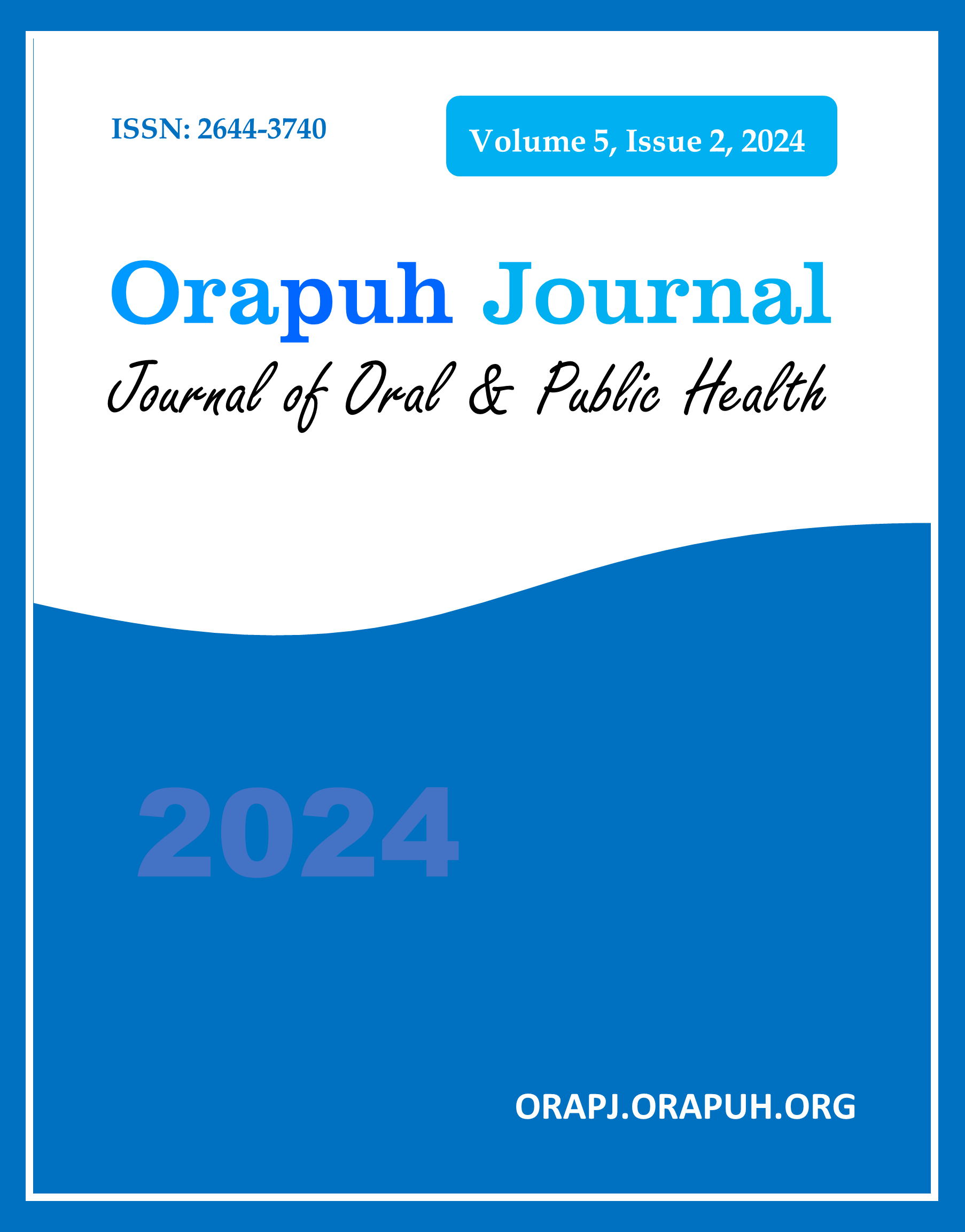Abstract
Introduction
Sickle cell disease is a hereditary condition primarily identified in tropical areas. It is marked by significant anemia, vaso-occlusive seizures, and a heightened vulnerability to both viral and bacterial infections. Additionally, sickle cell disease is distinguished by the depletion of mineral elements during crises.
Purpose
The purpose of this investigation was to identify the mineral composition of ten plants, namely Alchornea cordifolia, Alternanthera bettzickiana, Annona senegalensis, Cyttaranthus congolensis, Dissotis brazzae, Justicia secunda, Harungana madagascariensis, Hura crepitans, Hypoxis angustifolia, and Vigna unguiculata, traditionally utilized by practitioners in the management of sickle cell disease.
Methods
In this study, the biological material consists of the leaves, bark, and seeds of ten plant species. These plants were collected in Kwilu, and the mineral composition was assessed through fluorescence spectrometric analysis. The detection and quantification of the mineral elements were done by X-ray fluorescence spectrometric method with an XEPOS fluorescence spectrometer. The analysis of the results was carried out through Excel. R Studio and SPSS software packages were used for the statistical analyses.
Results
The study identified a total of twenty-three mineral elements in each of these plants, including Potassium (K), Phosphorus (P), Calcium (Ca), Sodium (Na), Magnesium (Mg), Sulphur (S), Chlorine (Cl), as well as trace elements like Aluminum (Al), Silicon (Si), Vanadium (V), Chromium (Cr), Manganese (Mn), Iron (Fe), Nickel (Ni), Copper (Cu), Zinc (Zn), Selenium (Se), Bromine (Br), Molybdenum (Mo), Tin (Sn), Iodine (I), Barium (Ba), and Lead (Pb). Notably, Iron, Zinc, Selenium, Copper, Calcium, Magnesium, and Manganese were found to be mineral elements associated with sickle cell disease. Potassium and Calcium exhibited higher concentrations, while Lead, Tin, Bromine, Copper, and Nickel were present in trace amounts.
Conclusion
The results obtained confirm that these plants contain some mineral elements such as Fe, Zn, Mg, and Se that are useful for sickle-cell patients.
References
Bligny, J. C., Hartemann, P. (2005). Les eaux minerals naturelles et les eaux de source : cadre reglémentaire. Journal & books, 337(1-2-3), 279-284. Doi : 10.1016/j.crte.2004.09.019
Bongo, G., Inkoto, C., Masengo, C., Tshiama, C., Lengbiye, E., Djolu, R., Kapepula, M., Ngombe, K., Mbemba, T., Tshilanda D., Mpiana, P., & Ngbolua, K. N. (2017). Antisickling, Antioxidant and Antibacterial Activities of Afromomum alboviolaceum (Ridley) K. Schum, Annona senegalensis Pers. and Mondia whitei (Hook. f.) Skeels. American Journal of Laboratory Medicine; 2(4), 52-59. doi: 10.11648/j.ajlm.20170204.13
Brugnara, C., Steinberg, M.H. (2002). Developing treatment for sickle cell disease. Expert opinion on investigational drugs. 11(5), 645-659. DOI: 10.1517/13543784.11.5.645.
Gulbis, B., Kentos, A., M’gay Munungi, D., Cotton, F., Ronge, E. (2005). La drépanocytose, une affection exotique ou un problème de santé publique. Rév. Méd. Bruxelles, pp309-313. https://www.mkzevents.be/onewebmedia/Pbl%20de%20sante%20publique%20Drepa.pdf
Kehinde, M. O., Jaja, S. I., Adewumi, O. M., Adeniyi, A. I., Nezianya, M. O., Ayinla, E. O. (2010). Liver enzymes and trace elements in the acute phase of sickle cell anaemia Enzymes hépatiques et des éléments traces dans la phase aiguë de l’anémie à hématies falciformes, West African Journal of Medicine. 29(4):244-247. doi: 10.4314/wajm.v29i4.68244.
Kitadi, J. M., Inkoto, C. L., Lengbiye, E. M., Tshibangu, D. S. T., Tshilanda, D. D., Ngbolua, K.- te-N., Taba, K. M., Mbala, B. M., Schmitz, B., & Mpiana, P. T. (2020b). Mineral Content and Antisickling Activity of Annona senegalensis, Alchornea cordifolia and Vigna unguiculata Used in the Management of Sickle Cell Disease in the Kwilu Province (Congo, DR). International Blood Research & Reviews, 11(3), 18-27. https://doi.org/10.9734/ibrr/2020/v11i330131
Kitadi, J. M., Inkoto, C. L., Tshibangu, S.-T., Tshilanda, D. D., Kalulu, T., Kawata, P., Ngbolua, K.-T.-N., & Mpiana, P. T. (2022). Mineral Element Contents and Antisickling Activity of Cyttaranthus congolensis and Hypoxis angustifolia Traditionally Used to Treat Sickle Cell Disease in Kwilu Province, Democratic Republic of the Congo. International Journal of Biochemistry Research & Review, 31(10), 81–90. https://doi.org/10.9734/ijbcrr/2022/v31i10790
Kitadi, M. J., Pambi, M. P., Tshibangu, D. S. T., Mushagalusa, K. F., Tshilanda, D. D. Ngbolua, K. N., & Mpiana, P. T. (2020). Ethnopharmacological Survey and Antisickling Activity of Plants Used in the Management of Sickle Cell Disease in Kikwit City, DR Congo. Hindawi Evidence-Based Complementary and Alternative Medicine. DOI: 10.1155/2020/1346493
Kitadi, M.J., Inkoto, C.L., Lengbiye, E.M., Tdhibangu, D.S.T., Tshilanda, D.D., Ngbolua, K.N., Taba, M., Mbala, B. M., Schmitz, B., Mpiana, P.T. (2021). Mineral composition of medicinal plants traditionally used in the management of sickle cell disease in the Kwilu province (Congo- Kinshasa). Sumerianz Journal of Biotechnology. (4), 16-21. DOI: 10.9734/ijbcrr/2022/v31i10790.
Masengo, C. A., Ngbolua, K. N., Gbolo, B. Z., Inkoto, C. L., Baholy, R., Iteku, J. B., Ilumbe, G. B., Mpiana, P. T. (2021). Drépanocytose : Approche Bioclinique, Cibles Biologiques d’Intérêt Thérapeutique et Perspectives. International Journal of Progressive Sciences and Technologies (IJPSAT), 28(2), 539-545. https://www.researchgate.net/publication/355412941_Drepanocytose_Approche_Bioclinique_Cibles_Biologiques_d'Interet_Therapeutique_et_Perspectives
Mpiana, P. T, Misakabu, F. S., Tshibangu, D. S. T, Ngbolua, K. N., Mwanangombo, D. T. (2014). Antisickling activity and membrane stabilizing effect of anthocyanins extract from andansonia digitata L. Barks on sickle blood cells. International Blood Research & Review, (5), 198-212. https://www.researchgate.net/publication/263163268_Antisickling_Activity_and_Membrane_Stabilizing_Effect_of_Anthocyanins_Extracts_from_Adansonia_digitata_L_Barks_on_Sickle_Blood_Cells
Mpiana, P. T., Ngbolua, K. N., Atibu, E. K., Kasonga, T. M., Bokota, M. T, Mudogo, V. (2010). In vitroeffects of anthocyanins extracts from Justicia secundaVAHL on the solubility of hemoglobin S and membrane stability of sickle erythrocytes. Blood transfusion, 8, 248-254. doi: 10.2450/2009.0120-09
Panzu, N. N., Inkoto, C. L., Ngbolua, K. N., Mukeba, F. B., Kitadi J. M., Taba, K., Mbala, B. M., Tshilanda, D. D., Kayembe, J-J. K., Mpiana, P. T. (2020). Review on the phytochemistry, toxicology and bioactivities of Euphorbia hirta L.: A potential antisickling medicinal plant species. JMPHTR 7(2020), 8-18. DOI: 10.33500/jmphtr.2020.07.002
Sofowora, A. (1998). Plantes Médicinales et Médecine Traditionnelle d’Afrique. Karthala. https://books.google.cd/books?hl=fr&lr=&id=3ga7CRRQdDcC&oi=fnd&pg=PA5&dq=10.+Sofowora,+A.+(1998).+Plantes+M%C3%A9dicinales+et+M%C3%A9decine+Traditionnelle+d%E2%80%99Afrique.+Karthala:+Paris.&ots=Z6UJoxqe9e&sig=v9-x2-GNDigBfurh0WCleRPNZzI&redir_esc=y#v=onepage&q&f=false
Sungu, K. J., Mukuku, O., Mutombo, A., Numbi, L. (2016). Evalution de valeurs sériques en albumin et en oligoéléments chez les drépanocytaires homozygotes ss. Sickle Cell Disease in Central Africa, 6. DOI: 10.13140/RG.2.1.1279.9603

This work is licensed under a Creative Commons Attribution-NonCommercial 4.0 International License.

